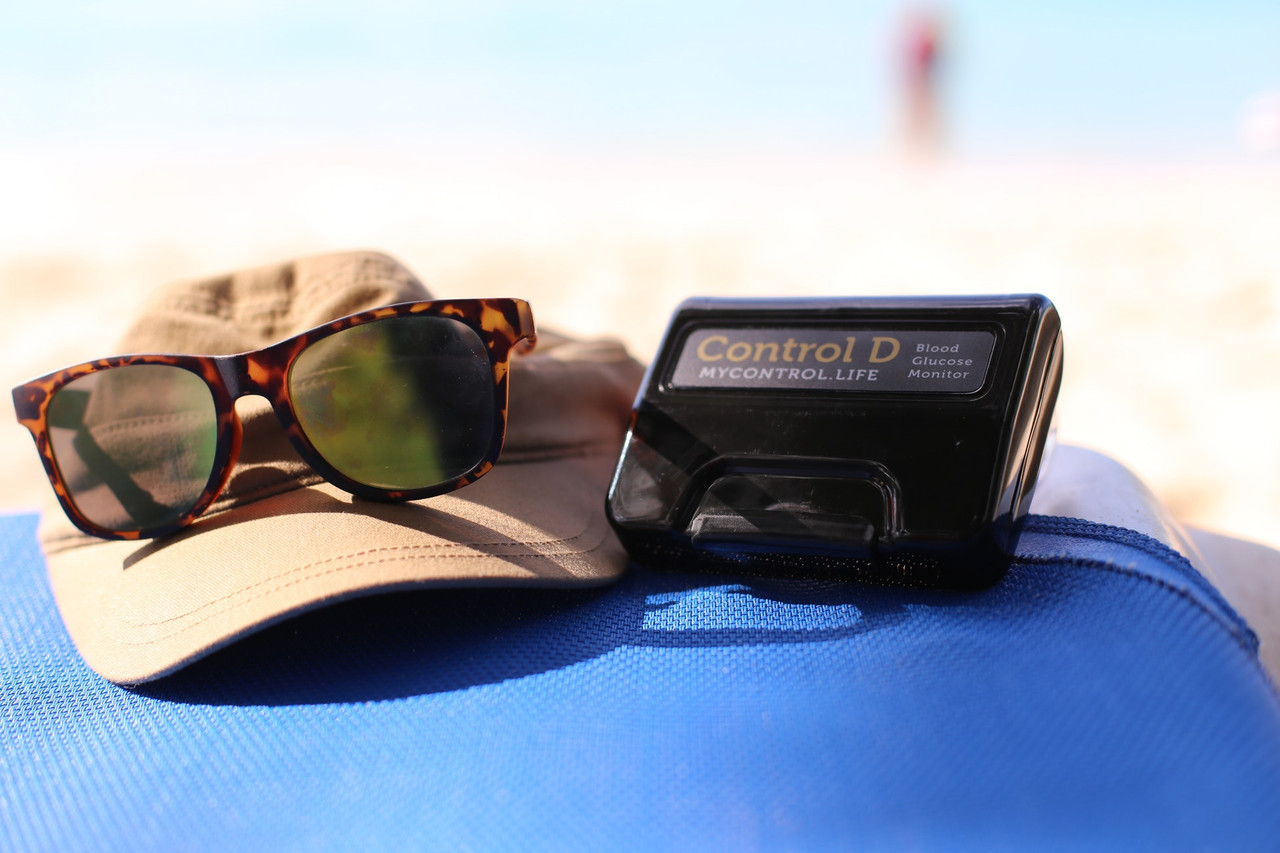Understanding Blood Glucose: My DIY Experiments
Experiments with My Blood Glucose
After visiting a family member with Type 1 diabetes last weekend and using their glucometer, I was inspired to order my own and start running a few tests and experiments. This is something I've been eager to do for quite a while. My interest in diabetes spans my entire adult (and even teen) life, and I’ve always wondered how my body responds to glucose, especially since my diet includes a fair amount of fruit.
Initial Tests and Observations
So far, I’ve run three tests (four if you count a post-meal test from someone I convinced to participate this morning—post-meal reading: 114, not bad). My results have been promising, and I plan to monitor my blood glucose over the next few days to determine my average levels.
I’m using the Bayer Contour USB glucometer, which I purchased for a bargain price of $20 on Amazon. It came with 25 test strips. The real expense is in the test strips, similar to printers and ink cartridges, but at about 50 cents each, it’s quite affordable for a few experiments. I log my results using a free app called Glucose Buddy on my iPhone, which is much more convenient for me than using the glucometer’s included software.
Using guidelines from Blood Sugar 101—a website and book—I’ve conducted one official-ish test. The blood sugar guidelines on this site differ significantly from those of the American Diabetes Association, WebMD, or your doctor. Blood Sugar 101’s guidelines are based on clinical studies and research, offering a more precise insight into what is optimum and healthy. For a simple testing protocol and more information, I recommend their page "Am I Diabetic," but here’s a brief overview:
Testing Protocol
- Pre-meal test: Conducted upon waking.
- Post-meal test: One hour after starting a high-carb, low-fat meal.
- Second post-meal test: Two hours after starting that same meal.
The second post-meal test helps monitor for a significant blood sugar dip, indicating pre-diabetes or metabolic syndrome.
My Results So Far
- Post-meal after breakfast (7/1/11): Luckily, UPS delivered the glucometer right after breakfast yesterday. I had vegan tacos with pinto beans, brown rice tortillas, and a variety of fresh veggies, tomatoes, and avocados—my usual morning meal. One hour after eating, my blood glucose was 105. According to research, the high normal range is 120-140, as opposed to the ADA’s range of 190-200.
- Fasting blood glucose (7/2/11): This morning, my fasting blood glucose was 89, which is excellent. Last weekend, it was 90 at the breakfast table with family, so the average so far is great.
- Post-meal after breakfast (7/2/11): Today, we had a high-carb, low-fat breakfast: granola, fresh peaches, raw cashews, and sweetened soy yogurt. Despite the sweetness, my post-meal glucose was 106, which is unbelievably fantastic. I missed the two-hour test but will do it tomorrow.
Future Experiments
I plan to explore how blood sugar correlates with mood, suspecting that understanding this could benefit many people. My primary interest, however, lies in examining the impact of exercise on blood sugar levels. Future tests will include monitoring glucose levels after a workout and post-meal following a workout. I’m also open to suggestions for other experiments.
I share this because many of us, even those consuming healthy diets, eat more sugar than we did several centuries ago, occasionally including processed foods. Modern times require modern technologies. Factories and laboratories now influence our food production, necessitating tools like glucometers to monitor our bodies and adjust accordingly. These devices are our defensive weapons.
Of course, the ultimate defense is to source all our food through hunting and gathering, avoiding modern conveniences. However, if you're reading this on a computer, it’s safe to say neither of us is there yet.
I urge you to invest $20 in a glucometer to understand how your body responds to the food you consume. The worst outcome is discovering high blood sugar, prompting necessary dietary and lifestyle changes, such as eating better and exercising more. If you neglect this small investment, unchecked high blood sugar can lead to severe consequences, including passing diabetes to your children, blindness, gangrene, loss of limbs, and ED.
Let me know your thoughts!
Disclaimer: I have no affiliations with Amazon, Bayer, or the producers of Blood Sugar 101 or Glucose Buddy.
Site Disclaimers
General Guidence
The content on this site is provided for educational and informational purposes only and should not be construed as medical advice. Always consult a qualified healthcare provider before making changes to your diet, lifestyle, or health regimen, particularly if you are pregnant or nursing, under the age of 18, managing allergies or known sensitivities, or living with any medical conditions.
At RAW Forest Foods, your safety is our priority. Please note that our products are dietary supplements, not medications. The following disclaimer applies:
* These statements have not been evaluated by the Food and Drug Administration. These products are not intended to diagnose, treat, cure, or prevent any disease.
Ingredient Transparency and Allergen Awareness
We are committed to providing transparent ingredient information to help you make informed decisions. If you have or suspect you have allergies to any of our ingredients, we strongly advise against using our products, as allergic reactions can be severe.
Interaction with Medications
If you are taking any medications, consult with your healthcare provider before using supplements. Certain supplements may interact with medications, potentially altering their effectiveness or causing unwanted effects.
For more details, please review our full Terms and Conditions.






